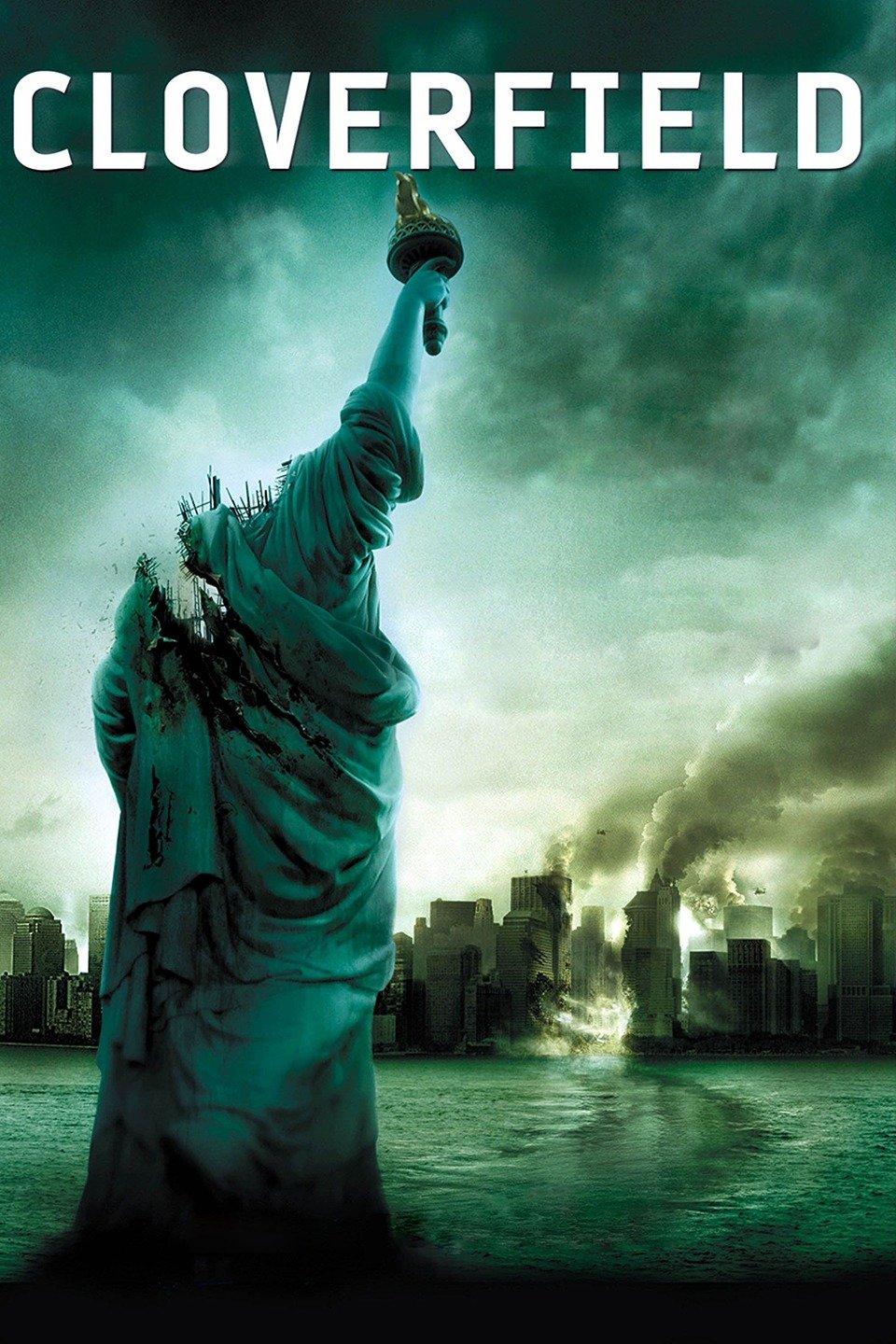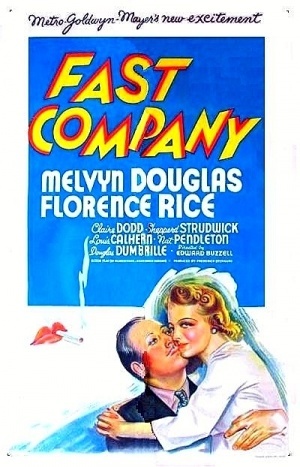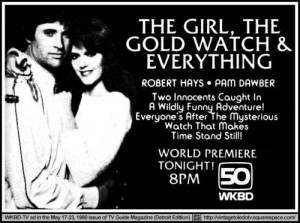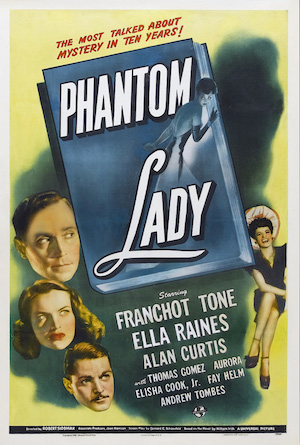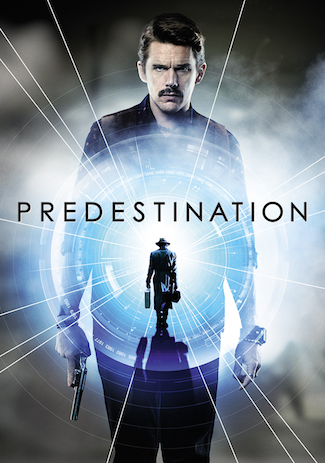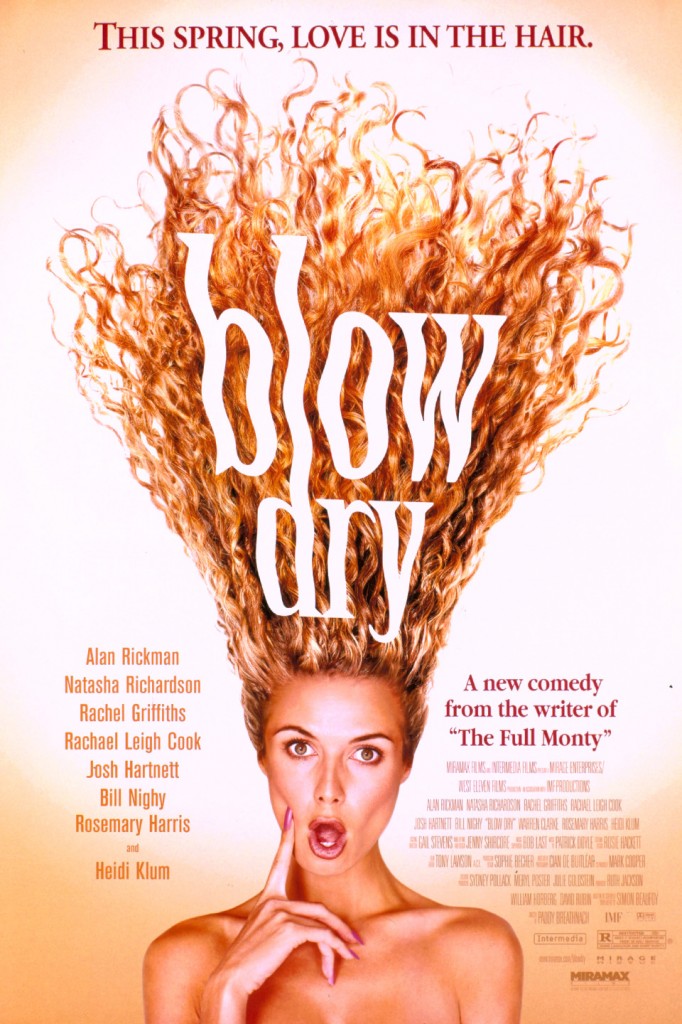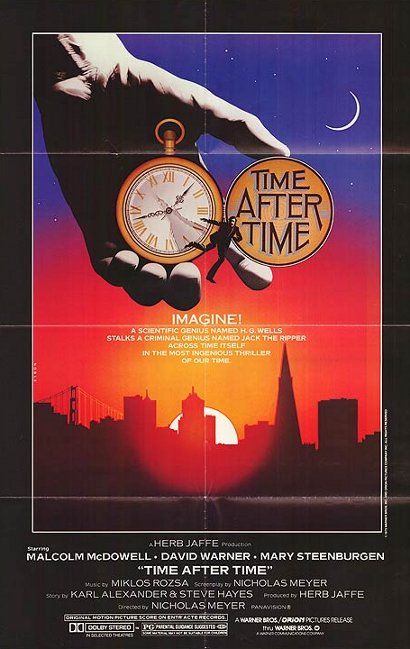By Scott A. Cupp
This is the 159th in my series of Forgotten, Obscure or Neglected Films
This week the second Cloverfield movie, 10 Cloverfield Lane, opened. I went on Saturday and enjoyed the film quite a bit. The two people I went with had not seen the original film and asked me probing questions about it. So immediately after returning home, I dug out my DVD of the 2008 film to reacquaint myself with it.
Cloverfield is an American monster movie. It is told in the found-footage format used so wonderfully (or awfully, depending on your viewpoint) in The Blair Witch Project. The film follows a major storyline and one minor one. The first scene delves into the minor story where Rob and Beth (Michael Stahl-David and Odette Yustman, respectively) are 30-ish lovers, having just had their first sexual experience with each other in Beth’s father’s place, overlooking Central Park in New York City. They are rapt in the throes of love and Rob is showing Beth the joys of Coney Island and documenting it on his camera.
Cut to a farewell party about a month later. Rob is being assigned as a VP in Japan by his company and is hanging out with his brother Jason (Mike Vogel) and Jason’s girlfriend Lily (Jessica Lucas). They’re being documented by Rob’s best friend Hud (T. J. Miller), who is totally clueless in how to tape testimonials at a party. Hud is doing this because he wants to get close to Lily’s friend Marlena (Lizzy Caplan).
Rob and Beth have a fight. Apparently Rob has not talked to or emailed Beth since their hot date and she is upset, showing up to the party with another guy, Travis (Ben Feldman). Beth and Travis leave.
A short while later, there is a loud explosion, and lights across the city begin to go out. This causes the group to try to go to the roof and see what is happening. They cannot tell much, but it is obvious something is going down.
Everyone gets down to street level, and Jason, Rob, Hud, Lily and Marlena try to get to the Brooklyn Bridge to get out of Manhattan. As they watch, something crashes in the street in front of them – the head of the Statue of Liberty. Fire and chaos surround them. Suddenly, Rob’s phone rings. It’s Beth. Her building has collapsed on her and she cannot move. They are right at the Brooklyn Bridge and Beth is located near Columbus Circle, a spot apparently not close to where they are.
Jason is separated from the group when the monster attacks and destroys the bridge. The shaky found footage works really well for this. Jason is killed in this attack. The group turns around to find Beth. They encounter nasty troubles in the subway and in Beth’s collapsed building, all while trying to avoid the monster and the army.
There are some problems with the film, not the least of which is, when facing the Apocalypse, I would have dropped the camera and worried more about saving myself rather than documenting the trials of some spoiled New Yorkers. And, to some people, the found footage and shaky camera work may induce nausea and headaches. I am not one of those folks.
Overall, though, I enjoyed the film. I preferred to see it as Cthulhu Eats Manhattan, while others called it an American Godzilla film. The monster is never clearly seen with the shaky camera and smoke pervading the frames. In watching some of the DVD extras, J.J. Abrams wanted to make a Godzilla for America. I like my interpretation better: the idea of some powerful, uncaring creature arriving with no notice, no apparent motivations and no compunctions about killing. At the end of the film, we know about as much as we did when it started. The creature has been given the code name Cloverfield, for reason we are not given. We do not know the final disposition of the battle or the creature. Which I think is totally right. Hopefully you will also.
If you have not seen it, check out Cloverfield. If you have, I recommend 10 Cloverfield Lane also. But, as I have said, my taste is my own and your mileage may vary. Hopefully not. Ph’nglui mglw’nafh Cthulhu R’lyeh wgah’nagl fhtagn.
Series organizer Todd Mason hosts more Tuesday Forgotten Film reviews at his own blog and posts a complete list of participating blogs.

